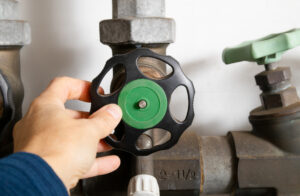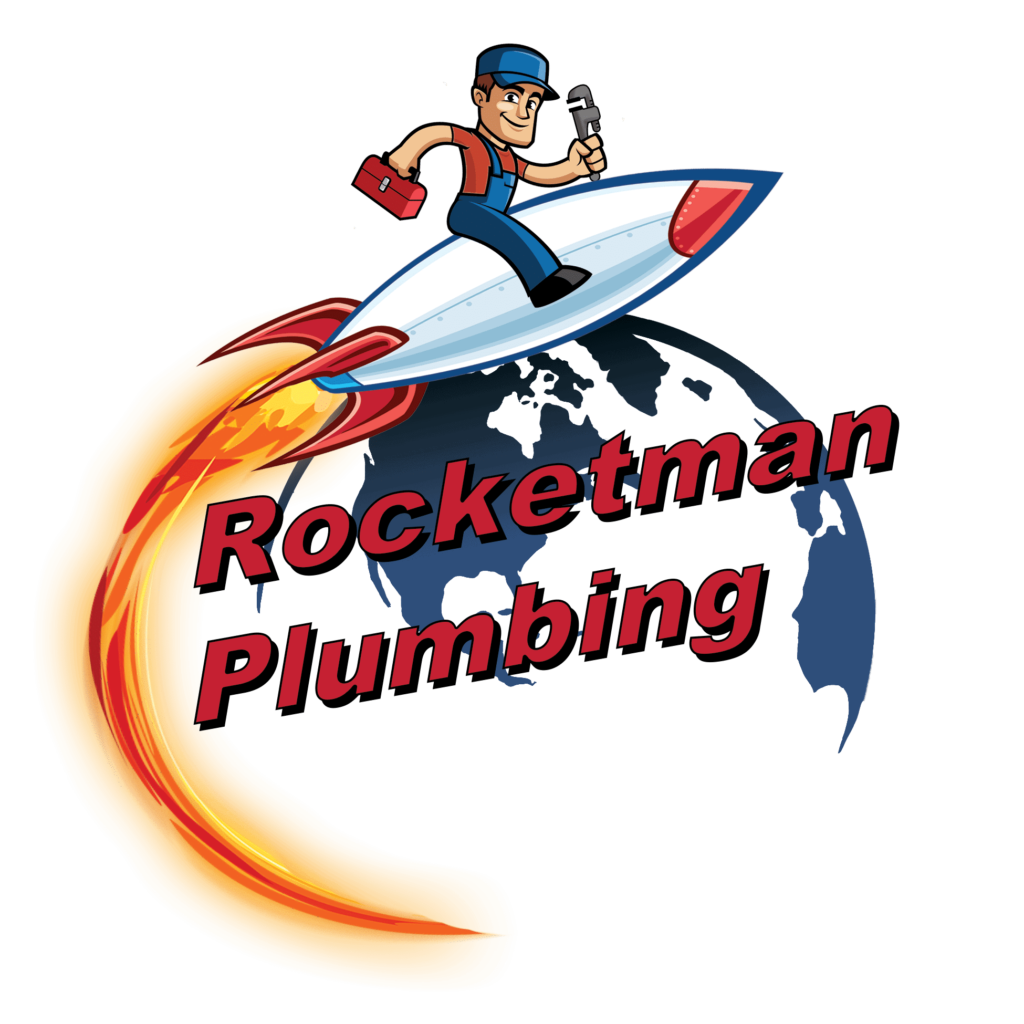
If you don’t know what a backflow prevention device is, you’re not alone. Many people don’t understand this essential feature of their water systems. However, this device is critical in keeping contaminants out of their potable (drinkable) water supply.
A backflow prevention device stops a reverse flow of water from going into a home’s water supply. This water flowing “upstream” can contain chemicals, pesticides, bacteria, sewage and other contaminants.
The Two Reasons Contaminated Water May Flow “Upstream”
Backflow has two main causes: backpressure and backsiphonage.
- Backpressure: Devices in homes or buildings such as water heaters, boilers and pumps can increase the pressure of a home’s plumbing system until it is higher than the pressure in the public water supply. This can force non-potable water into clean water lines. Problems with home or commercial irrigation systems can have the same effect.
- Backsiphonage: If the water pressure in the public water supply drops suddenly—for example, if there is a water main break or firefighters are using a large quantity of water—the water pressure in a house can then be greater than the public supply. This difference in water pressure can suck contaminated water from hoses, toilets or other sources into the drinking water supply.
Either way, your drinking water can end up contaminated with substances you don’t want to drink!
What Are Backflow Prevention Devices?
These devices are designed to stop this reversed flow of water. There are a few different types:
- Check valves only allow water to flow in one direction
- Vacuum breakers are also one-way valves. If water pressure drops, they prevent a vacuum from forming that could suck contaminated air into the system
- Air gaps are very simple devices that have a gap between water leaving a system and contaminated water that might try to force its way into that system. The water trying to enter the clean system pours out of the gap but clean water exiting the system can flow right through it.
- Reduced pressure zone and double-check valve assemblies are more advanced, containing two check valves to keep water going in the right direction.
For some residences and commercial buildings, backflow prevention devices are required. For example:
- Restaurants and food processing operations
- Hospitals
- Healthcare facilities
- Multi-tenant retail spaces
- Multi-family residential buildings
- Commercial buildings more than three stories tall
- Industrial facilities
- Residences with irrigation systems
- Properties with wells, auxiliary water sources or pools
Why Are Backflow Prevention Devices So Important?
Imagine contaminated waste water flowing backward into your home. Your water heater, dishwasher and washing machine are immediately contaminated and may need replacement. In the event of a sewage system overload, as can happen during flooding or heavy rain, wastewater can flow into bathtubs, sinks and other fixtures. If a sewer line clogs, waste can be pushed up into lower-level fixtures like floor drains, bathtubs or basement sinks.
In homes or buildings near agricultural operations, backflow can draw fertilizers and pesticides into clean water lines. Changes in water pressure can pull farm chemicals right out of the tanks and send them into the water supply.
Some very simple backflow prevention devices are inexpensive and can be installed on a do-it-yourself basis. More demanding situations call for professional installation of more sophisticated devices which also need to be inspected and tested annually. Some cities also require backflow prevention devices to be inspected each year.
Agencies in charge of mandating backflow prevention devices in your community could include:
- Local water utility
- Public works department
- Building or plumbing inspection division
- Environmental health department
Helping Albuquerque Homes and Businesses Protect Their Water Supplies
In Albuquerque, Rocketman Plumbing has been helping home and business owners with backflow prevention devices for many years. If you contact us, we can tell you if a backflow prevention device is required in your business or home. We can explain why this device protects your drinking water, appliances and plumbing fixtures, keeping them free from chemicals and other contaminants.
Give us a call for installation, inspection or testing of backflow prevention devices for your home or business. Call 505-243-1227.
